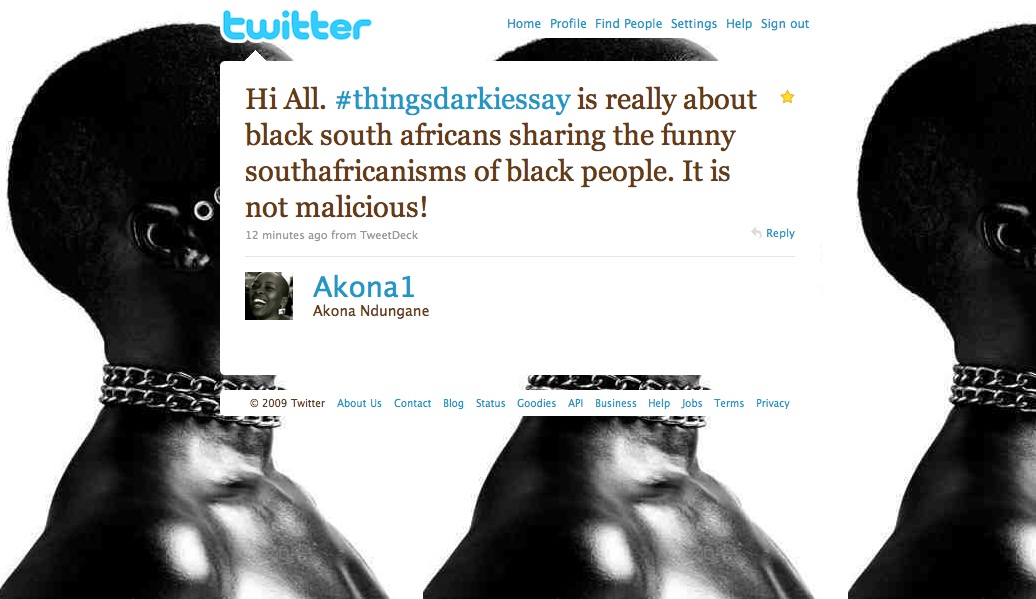This recent Newsweek article points to some psychological research that has been causing a bit of an upheaval (click here for the whole 145 page manuscript if you’re REALLY interested). The gist of it is that one area of the field – research psychology – is calling the work of another area – that of therapists and counselors – “an unconscionable embarrassment.” Well, to be specific, a large-scale study has shown that some therapists have a sort of anti-science bias, admitting that they “value personal experience over research evidence” and that they “rely more on their own and colleagues’ experience than on science when deciding how to treat a patient.” This means that even though “scarf therapy” might not do a whole lot for you, therapists who hear that it works from their therapist-buddies might go ahead and use it on you anyway (and charge you for it)(and expect that it will make you better). The other disturbing half to the problem is that they might choose to use an unorthodox therapy like this even when an effective treatment (e.g., one that has been validated time and again in research trials) is available, because they either don’t keep up with the literature or don’t trust that research support is all it’s cracked up to be.
Well, this is interesting enough in and of itself, and I’ve had a few debates with clinicians over whether or not empirical support ought to count as the end-all, be-all for selecting therapeutic methods (also please note that I don’t for a second think that all therapists are like this in the first place. I like to imagine that most of them actually know what they’re doing). But what’s also interesting is psychological science’s accusation of why this is occurring: because many undergraduate psychology programs, they claim, produce weak scientists, and – worse! – these science-weak undergraduates often go on to science-weaker graduate programs for which there is often no research requirement (indeed, this is the selling point).
In some ways, I fear I agree. At the UC level, for example, a majority of my Psych majors were ex-Biology students on the run from all the math they were expected to complete to get into Med school (where many UC freshmen think they’re destined to go). When they saw they were expected to take Statistics still, they’d moan and groan and a lot of them would try and flee to Sociology (where they STILL had to take qualitative methodology, at the very least, if not worse). During research methods, many of my science-phobic students would make it quite clear that they felt this was simply a class they had to get through but that had no real pertinence to them. They were going to be therapists and really help people, not do all this lame research stuff. I found myself constantly pointing out to them that being a good therapist meant keeping up with current research and understanding it well enough to evaluate it critically and integrate its findings where appropriate.
Furthermore, I’ve been noticing another disturbing trend: that is, everyone thinks they need to go to graduate school. I used to get requests for letters of rec from only my outstanding students; in the last years I was at UC Riverside, I had “C” students begging me for letters. I warned them that all I could in good conscience write was, “this person did not fail my class,” but they were still happy to get it. When questioned, many of them pointed to the fact that a plain BA in psychology nowadays (in fact, a plain BA in almost anything) was more or less akin to a High School diploma. Everything, they told me, had been bumped up one notch: whereas you might have been conisdered pretty educated in the 1950s if you had an Associate’s degree, now you can’t be considered “pretty educated” unless you have your PhD. This is NOT, I think, the ideal way to encourage people to utilize their strengths the most suitable ways. Not everyone is meant for a Master’s or PhD program (and these programs are also not what everyone needs!).
So now you have people who fled from math, giving short shrift to their reserach methods and statistics courses, demanding to go to graduate school despite poor performance, and… here’s the last piece… easily finding someplace to go anyway. That’s right – nowadays, just about anyone can get a MA in psychology – many schools will take anyone who can pay, and one of their big draws is (you guessed it) they aren’t very heavy on the empiricism/quantitative side of psychology. A lot of these schools aren’t even accredited! But that doesn’t stop people from getting degrees at them (I just now checked, for example, to find a number of unaccredited universities that will grant the Master’s in Psychology online).
Thank goodness I do not feel this way about the programs at my current institution; smaller and more private though it is, I have seen the director of the brand new PsyD program make every effort to create rigorous admission standards and a rigorous curriculum (just as she has for our clinical master’s degree program).
Now I’m curious to hear what you think, and whether you think this very same non-science bias occurs (and is rewarded!) in any other discipline? And what do the sociologists have to say about this belief that everyone must have a graduate-level degree lest they be worthless in the job market? Do you believe this trend to be true? In 50 years, will we have to invent a degree that is one step higher than a PhD just to differentiate again??
I love to start a good fight.
Seth





